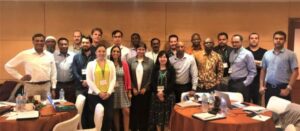The MATES Migration Scheme exemplifies how structured migration programs can address global labor challenges while fostering international cooperation. For UPSC aspirants, understanding the scheme’s objectives, implementation, and implications offers valuable insights into how migration intersects with economic, social, and diplomatic policies. By promoting sustainable and ethical mobility, the MATES scheme not only supports workforce development but also strengthens the foundations of global interconnectedness and mutual prosperity.









